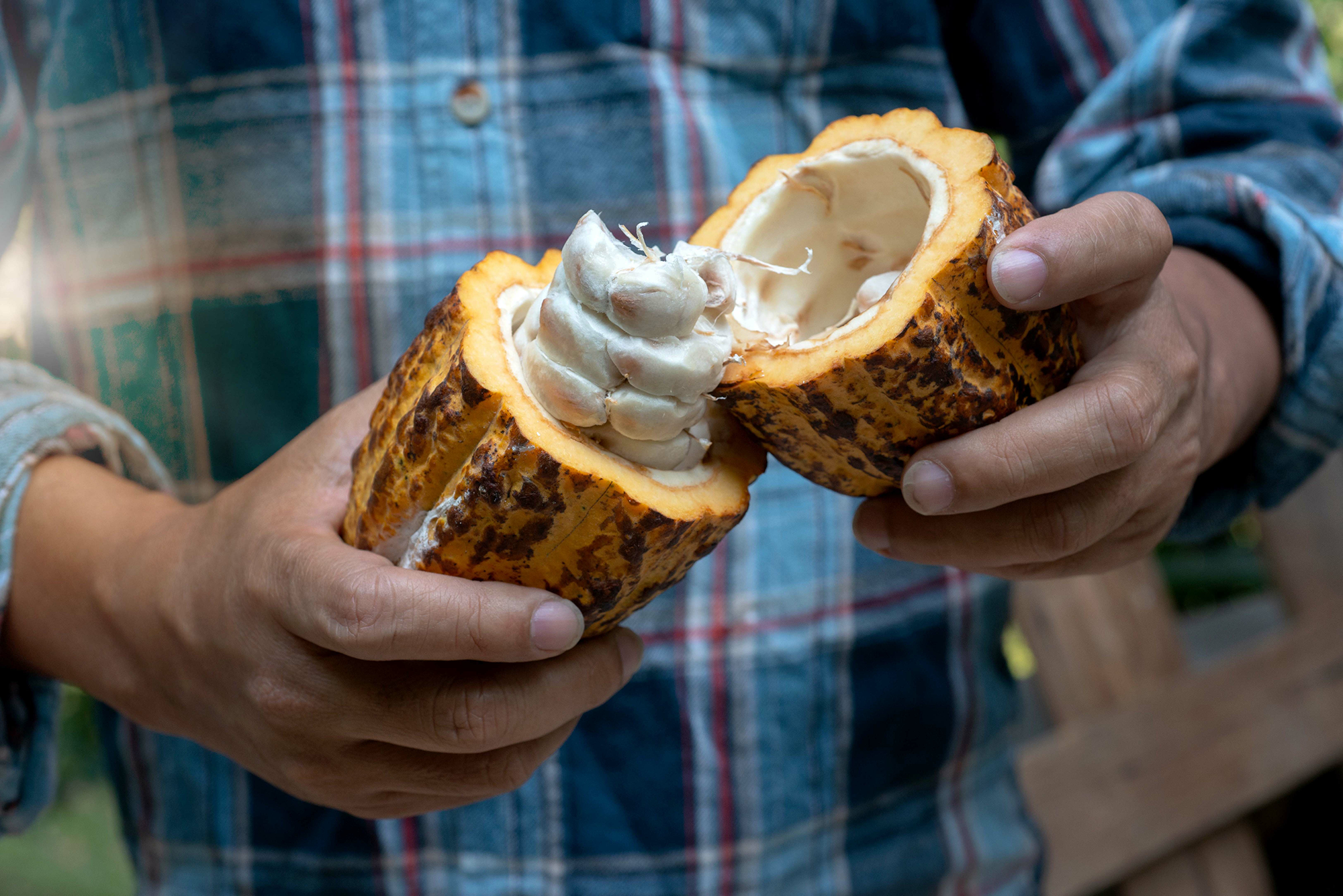
When it comes to the world of chocolate, there aren’t many people who know about the food waste that goes into harvesting natural cacao beans - the name for unroasted, unprocessed cocoa beans. Cacao pulp is a slimy mucilage that surrounds cacao beans inside husks, white in color and sweet in taste. Usually about 75% of the pulp is discarded - including the pod husk, cacao lining, and more - but now interest in it as an alternative to refined sugar has gained traction. From waste product to delicious ingredient, cacao pulp is being rebranded to be included in more chocolate products.
But what makes cacao pulp a good replacement for sugar? Well, for one thing, cacao pulp is chock-full of nutrients such as Vitamin E, D, B, magnesium, antioxidants, and minerals. Furthermore, depending on the pod it was harvested from, it has a delectable variety of sweet and bittersweet flavors ranging from mango to pineapple. It is diverse in its usability and has even been included into jams, jellies, alcoholic drinks, smoothies, trail mixes, and more. So, not only is cacao pulp healthy, but also widely delectable and able to be incorporated into a variety of products, ensuring that it doesn’t go to waste.
However, it’s not just the cacao pulp finding a footing in the food industry; the entire pod is now being utilized by certain food companies in order to make delectable chocolate bars that use 100% of cacao pods. As more consumers become interested in both healthy and sustainably-sourced sweets, the use of cacao pulp is only predicted to grow as it is utilized by more food companies.
Despite these gains for cacao pulp and pods, logistic costs such as shipping between countries still pose a challenge as an overwhelming majority of cacao production occurs in South America and Africa. What’s more, the price of cacao is moderately increasing as the Ivory Coast shows reduced output - largely due to bad growing conditions and crop disease. Nigeria, the fifth largest exporter of cocoa, also saw prices go up as production stalled. These concerns make it all the more paramount that the entire cacao pulp is used instead of only the beans.
The prospect of reducing cacao pulp and pod waste is sure to be expanded upon in the future. Let us know new creative ways companies are creating cacao pulp goodness!
We’d love to hear from you! If you have any questions or thoughts, throw them in the comments below. You can also hit us up on Instagram, LinkedIn, or Twitter.
